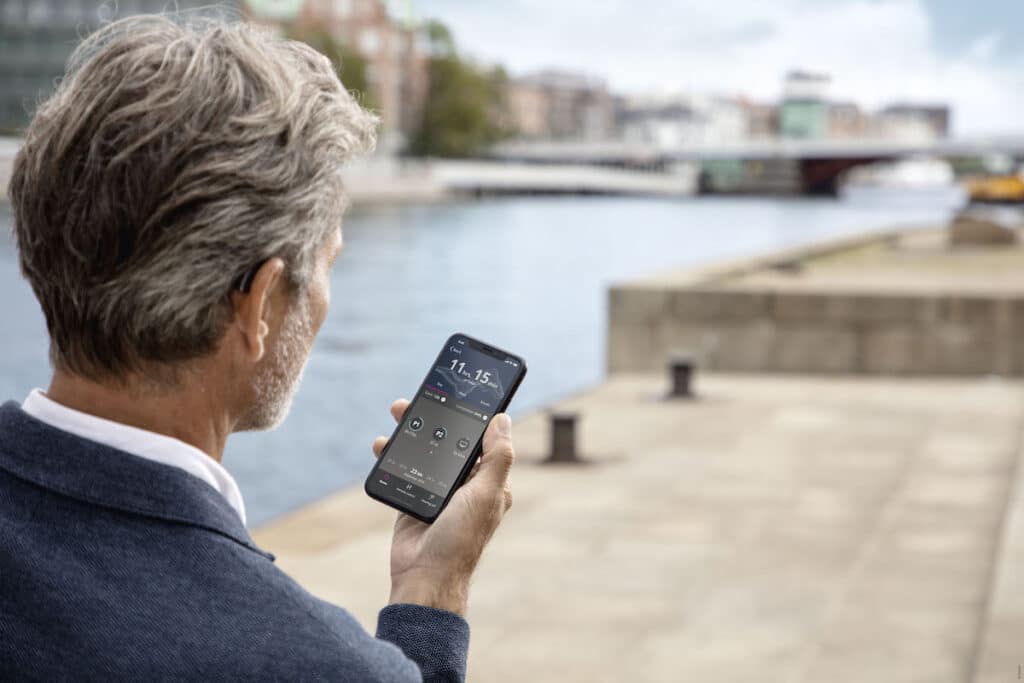Landline Phones
Bluetooth Hearing Aids
Bluetooth Hearing Aids are created to easily connect to other Bluetooth-enabled devices, like smartphones, for audio streaming. First developed for headphones, medical monitoring, fitness tracking and translation, hearables have transitioned into the hearing aid market to improve communication and sound quality for the hearing-impaired population.


